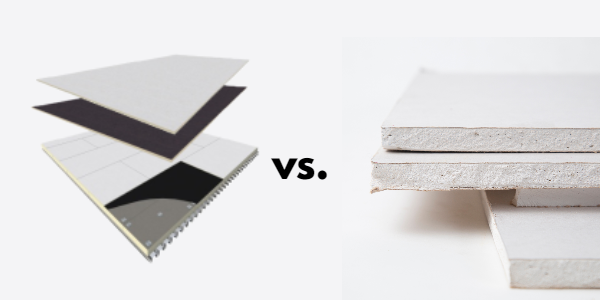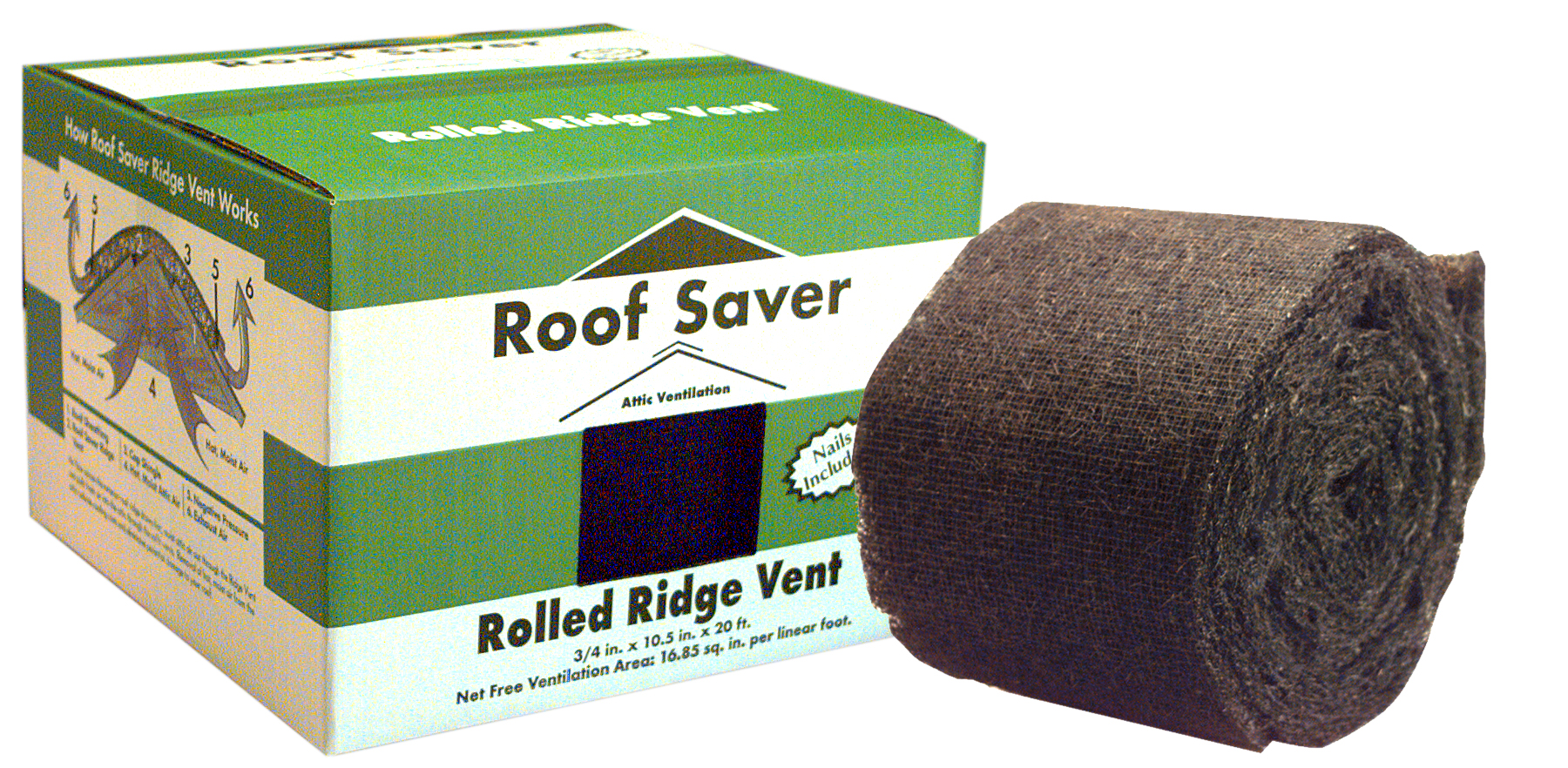Higher R-Value, Lower Weight and Environmental Impact

By Hunter Panels.
Hunter Panels H-Shield HD polyiso cover board when compared to gypsum is no contest.
The minimum R-value requirements in commercial low-slope roofing have increased over the past decade resulting in thicker roof systems with more insulation. What could an additional ½” of insulation do? Cover boards increase the resiliency of single-ply roofing systems by improving wind uplift performance, protection against hail and resistance to foot traffic. However, not all cover boards are the same.
In this article we will compare ½” Hunter Panels H-Shield HD polyiso cover board and ½” gypsum cover board as it pertains to R-value, hail rating, environmental impact and labor savings.
Roofing insulation is driven by minimum R-value requirements defined by the International Energy Conservation Code. While cover boards are typically used to improve the performance of a roofing system, some cover board options have insulating qualities. Hunter’s H-Shield HD polyiso cover board has an R-value of 2.5. Gypsum has an R-value that is negligible at best and most often is not counted towards the total R-value of a roof system. H-Shield HD polyiso can assist in meeting the energy code R-value requirements for a roof system. For example: Two layers of 2.6” polyiso is equal to R-30. If your system incorporates an HD polyiso cover board like H-Shield HD that has a 2.5 R-value, then you only need R-27.5 with your base layers of polyiso which can be achieved by two layers of 2.4”. In a system with gypsum cover board, you will still need two layers of 2.6” polyiso. Moving from two layers of 2.6” to two layers of 2.4” may not sound like a lot, but it adds up to at least $0.10/sq. ft. Insulating cover boards save money.
One of the biggest differences between Hunter Panels H-Shield HD cover board and gypsum is the compressive strength. HD polyiso has a compressive strength of 109 psi (pounds per square inch), gypsum’s compressive strength is 900 psi or higher. What does the additional 800+ psi accomplish? Factory Mutual’s (FM) severe hail rating test consists of a 1¾” steel ball dropped from 18’. Gypsum boards and H-Shield HD both pass the test with ease. Even though the higher compressive strength might sound like a big deal, the FM rating remains the same. In our research, we have found that an extremely hard surface below the membrane can lead to a higher rate of cutting and splitting when hail hits the single-ply membrane.
In today’s climate, the environmental impact of a product must be weighed before a buying decision is made. A 4’ x 8’, ½” gypsum board is about five times heavier than H-Shield HD. As a result, flatbed trucks that carry gypsum to jobsites will “weight-out” before they are full. Transportation for 1,000 squares of gypsum requires six trucks, while only two trucks are needed to transport 1,000 squares of H-Shield HD. Using an insulation cover board like H-Shield HD means less fuel, reduced emissions and building CO2 emissions avoidance. Additionally, because of the weight of gypsum it takes about 20 more crane hours to load the roof which increases man hours and emissions into the environment
Cover boards are important when it comes to a roofing system, there’s no doubt about it. The clear choice is Hunter Panels H-Shield HD polyiso cover board with higher R-values, lighter weight, and less environmental impact than its gypsum counterpart.
Learn more about Hunter Panels in their RoofersCoffeeShop® Directory or visit hunterpanels.com.






















Comments
Leave a Reply
Have an account? Login to leave a comment!
Sign In